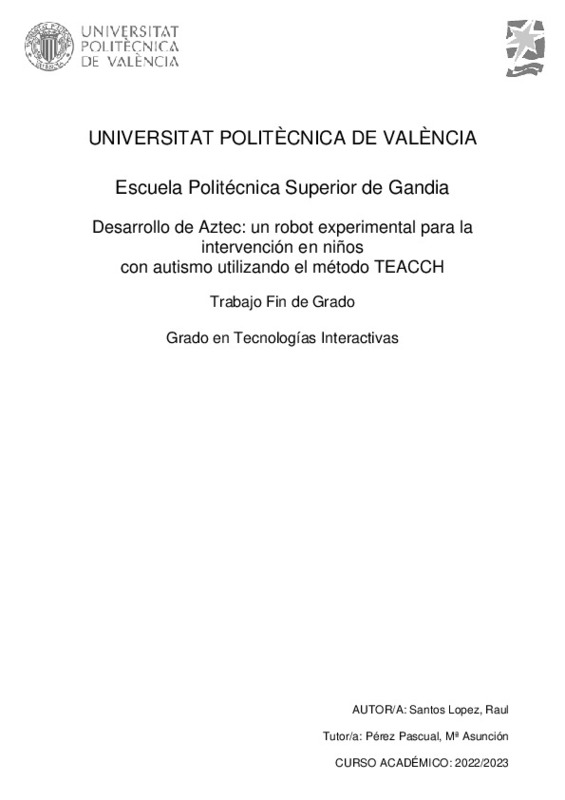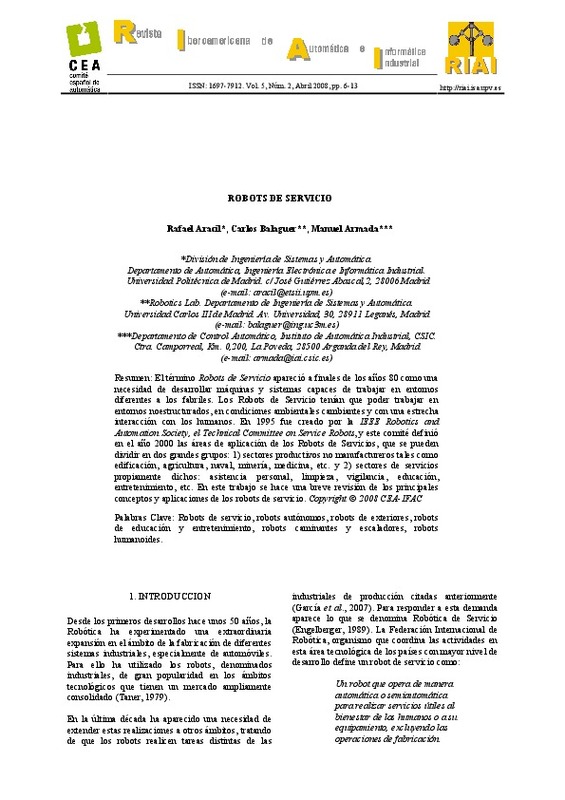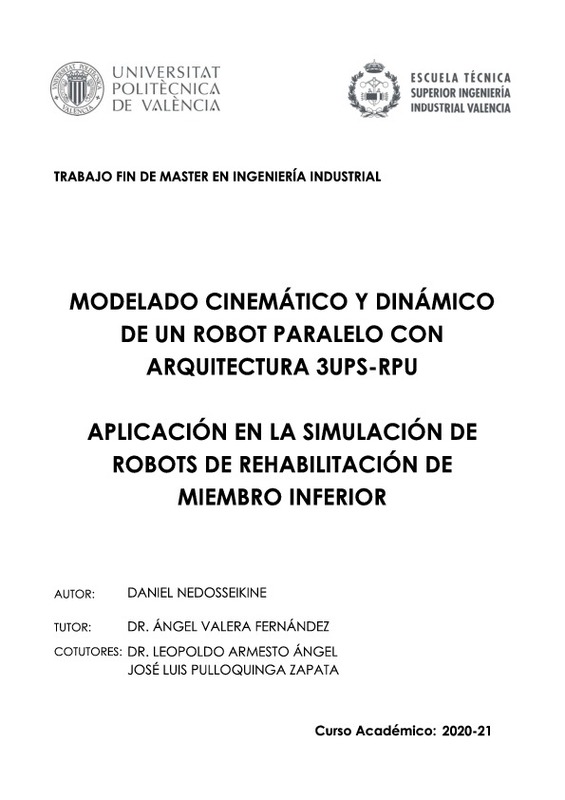|
Resumen:
|
[ES] Aztec, un innovador robot terapéutico diseñado para mejorar las intervenciones educativas para niños con Trastorno del Espectro Autista (TEA), construido sobre el framework de Robot Operating System 2 (ROS 2). Este ...[+]
[ES] Aztec, un innovador robot terapéutico diseñado para mejorar las intervenciones educativas para niños con Trastorno del Espectro Autista (TEA), construido sobre el framework de Robot Operating System 2 (ROS 2). Este robot está apoyado en las últimas tecnologías de Inteligencia Artificial, como los grandes modelos de lenguaje. Aztec se basa en la metodología TEACCH, reconocida por su efectividad para adaptarse a las habilidades y necesidades específicas de cada niño con TEA.
En el marco de los Objetivos de Desarrollo Sostenible (ODS) establecidos por las Naciones Unidas, mi proyecto se alinea específicamente con tres de ellos:
ODS 3 (Salud y Bienestar): Aztec contribuye a este objetivo al fomentar la salud mental y emocional de los niños con TEA, y al motivar la actividad física, ayudando a mejorar su bienestar físico y por consiguiente también el mental.
ODS 4 (Educación de Calidad): A través de Aztec, busco mejorar la calidad de la educación para los niños con TEA, proporcionando una intervención terapéutica personalizada y efectiva.
ODS 10 (Reducción de las desigualdades): Con Aztec, mi objetivo es disminuir las desigualdades en el ámbito educativo para los niños con TEA, facilitando su inclusión social y económica.
Aztec representa un prometedor primer paso en la exploración de cómo la robótica y la inteligencia artificial pueden ser herramientas poderosas para mejorar la calidad de vida de los niños con TEA.
[-]
[EN] Aztec, an innovative therapeutic robot designed to enhance educational interventions for children with Autism Spectrum Disorder (ASD), built upon the Robot Operating System 2 (ROS 2) framework. This robot is supported ...[+]
[EN] Aztec, an innovative therapeutic robot designed to enhance educational interventions for children with Autism Spectrum Disorder (ASD), built upon the Robot Operating System 2 (ROS 2) framework. This robot is supported by the latest Artificial Intelligence technologies, such as large language models. Aztec is based on the TEACCH methodology, renowned for its effectiveness in adapting to the specific skills and needs of each child with ASD.
In the context of the United Nations' Sustainable Development Goals (SDGs), my project specifically aligns with three of them:
SDG 3 (Health and Well-being): Aztec contributes to this goal by fostering the mental and emotional health of children with ASD, and by encouraging physical activity, helping to improve their physical and consequently mental well-being.
SDG 4 (Quality Education): Through Aztec, I aim to enhance the quality of education for children with ASD, providing an effective and personalized therapeutic intervention.
SDG 10 (Reduced Inequalities): With Aztec, my goal is to reduce educational inequalities for children with ASD, facilitating their social and economic inclusion.
Aztec represents a promising first step in exploring how robotics and artificial intelligence can be powerful tools to improve the quality of life for children with ASD.
[-]
|










